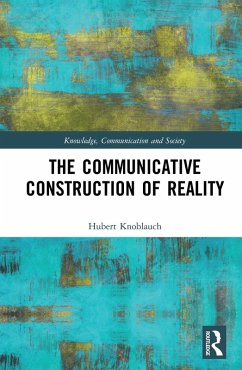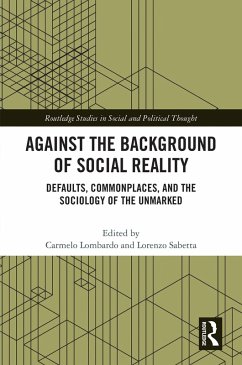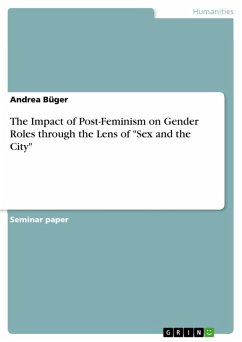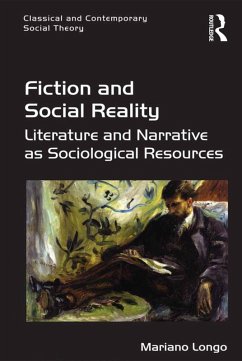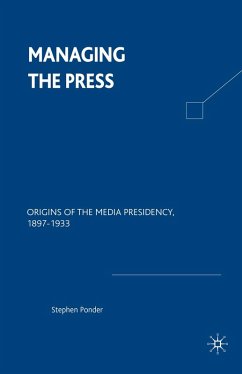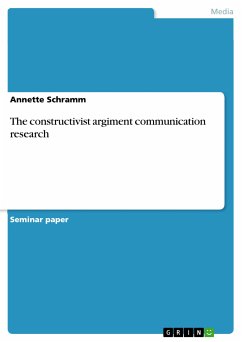
The constructivist argiment communication research (eBook, PDF)

PAYBACK Punkte
0 °P sammeln!
Seminar paper from the year 2006 in the subject Communications - Theories, Models, Terms and Definitions, grade: 1,0, Dresden Technical University (Institut für Kommunikationswissenschaften), course: Reality Perception through the mass media, language: English, abstract: I want to start this essay with a very personal experience of constructivism. Once, when I was a teenage girl, I stand in front of a mirror (as girls do often), and suddenly asked myself: Who can tell me actually, that is me, I see in the mirror? Couldn't it be, that it is only me who can see me in this mirror in this manner?...
Seminar paper from the year 2006 in the subject Communications - Theories, Models, Terms and Definitions, grade: 1,0, Dresden Technical University (Institut für Kommunikationswissenschaften), course: Reality Perception through the mass media, language: English, abstract: I want to start this essay with a very personal experience of constructivism. Once, when I was a teenage girl, I stand in front of a mirror (as girls do often), and suddenly asked myself: Who can tell me actually, that is me, I see in the mirror? Couldn't it be, that it is only me who can see me in this mirror in this manner? Is it possible, that the mirror lies? Actually, I had discovered the closeness of perception. Then my sister arrived, I looked at her and concurrently at the image of her in the mirror. I had to realize, they are looking identically. My conclusion was, that it must be similar for her perception of me: I had discovered second order observation. Actually, every human being may have asked similar questions once in his life. But for most people reality and acting in this reality, tasting, smelling, seeing, talking, working are self-evident. Luckmann and Berger described impressively this way of understanding and interaction in every days life in the first chapter of their book about societal construction of reality (Berger & Luckmann, 1997). The question of reality and reality perception is not new in history. The cave allegory of Plato is probably one of the oldest illustrations of this question. Some constructivist researchers name a long and prominent series of ,constructivist' thinkers in history. From Demokrit to ancient scepticism, from Descartes to Kant: Many philosophers dealt with the question of reality perception and objectivity. The answers were different, the consequences of this answers even more (von Glasersfeld, 1985). With establishing as discipline, this question became also relevant for communication science. Already Walter Lippmann realized, that our way of thinking about reality cannot be objective: "We shall assume that what each man does is based not on direct and certain knowledge but on pictures made by himself or given to him." (Lippmann, 1949, S.16). To shape the development and influence of constructivism in communication science, we will begin with the roots in natural science and humanities, followed by general assumptions. To enter into constructivist thinking in detail, it is necessary to present and explain the basic elements and terms, which are the precondition for applying constructivism for communication related issues. This part is mainly based on Niklas Luhmann's system-theoretic concept.
Dieser Download kann aus rechtlichen Gründen nur mit Rechnungsadresse in A, B, BG, CY, CZ, D, DK, EW, E, FIN, F, GR, HR, H, IRL, I, LT, L, LR, M, NL, PL, P, R, S, SLO, SK ausgeliefert werden.




